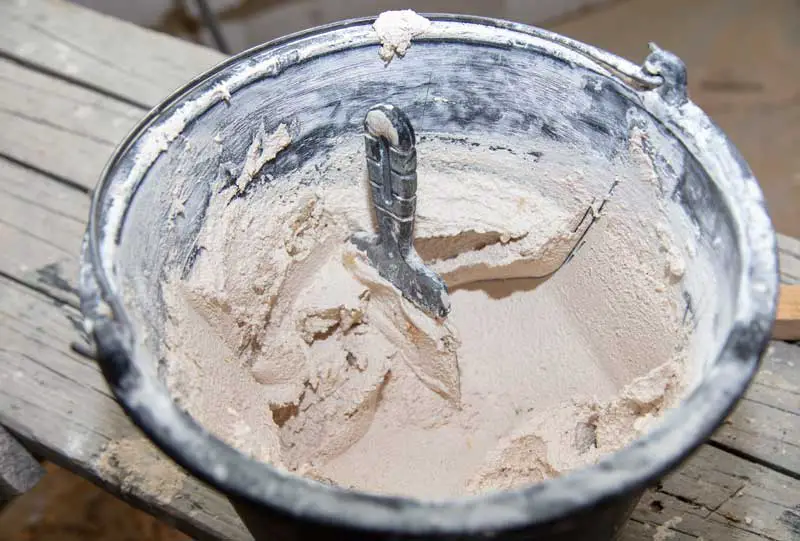Moisture in the ceiling can lead to a range of problems, including mold growth, structural damage, and compromised indoor air quality. Detecting moisture in the ceiling early on is crucial to prevent these issues from escalating. In this article, we will explore various methods and techniques to accurately determine the presence of moisture in the ceiling.
- Visual Inspection:
The first step in identifying moisture in the ceiling is through a visual inspection. Look for signs such as discoloration, water stains, or peeling paint. These visual cues often indicate the presence of moisture. Pay close attention to areas near plumbing fixtures, roof leaks, or areas prone to condensation. - Moisture Meters:
Moisture meters are invaluable tools for detecting moisture in various materials, including ceilings. There are two types of moisture meters: pin-type and pinless. Pin-type meters use small pins to penetrate the material and measure the moisture content, while pinless meters use sensors to scan the surface without causing any damage. Both types provide accurate readings, allowing you to pinpoint the exact location and extent of moisture in the ceiling. - Thermal Imaging:
Thermal imaging cameras utilize infrared technology to detect temperature variations, which can indicate the presence of moisture. When moisture is present, it alters the thermal properties of the affected area, resulting in temperature differences. By capturing thermal images of the ceiling, you can identify potential moisture spots that are not visible to the naked eye. - Relative Humidity Testing:
High humidity levels can contribute to moisture accumulation in the ceiling. Conducting relative humidity (RH) testing can help determine if the indoor environment is conducive to moisture problems. RH meters measure the amount of moisture present in the air, providing valuable insights into the overall moisture conditions within a room. If the RH levels are consistently high, it may indicate a higher likelihood of moisture in the ceiling. - Moisture Mapping:
Moisture mapping involves creating a visual representation of the moisture distribution within the ceiling. This technique is particularly useful when dealing with larger areas or complex ceiling structures. By using a combination of moisture meters, thermal imaging, and RH testing, you can create a detailed moisture map that highlights areas of concern. This map serves as a valuable reference when implementing remediation strategies.
Conclusion:
Detecting moisture in the ceiling is crucial for maintaining a healthy and structurally sound environment. By combining visual inspection, moisture meters, thermal imaging, relative humidity testing, and moisture mapping, you can accurately identify and address moisture-related issues. Regular monitoring and proactive maintenance are essential to prevent long-term damage and ensure the longevity of your ceiling. Stay vigilant and take prompt action to protect your property from the detrimental effects of moisture.

